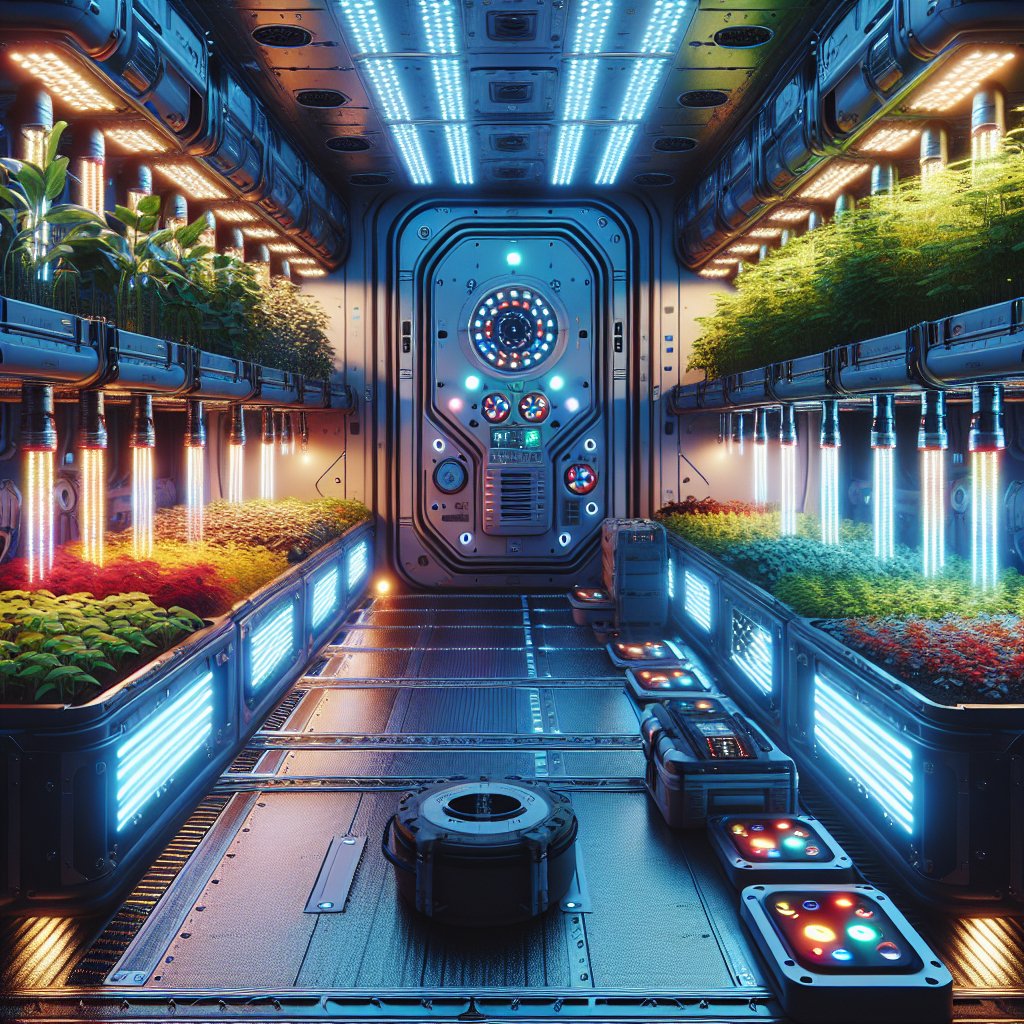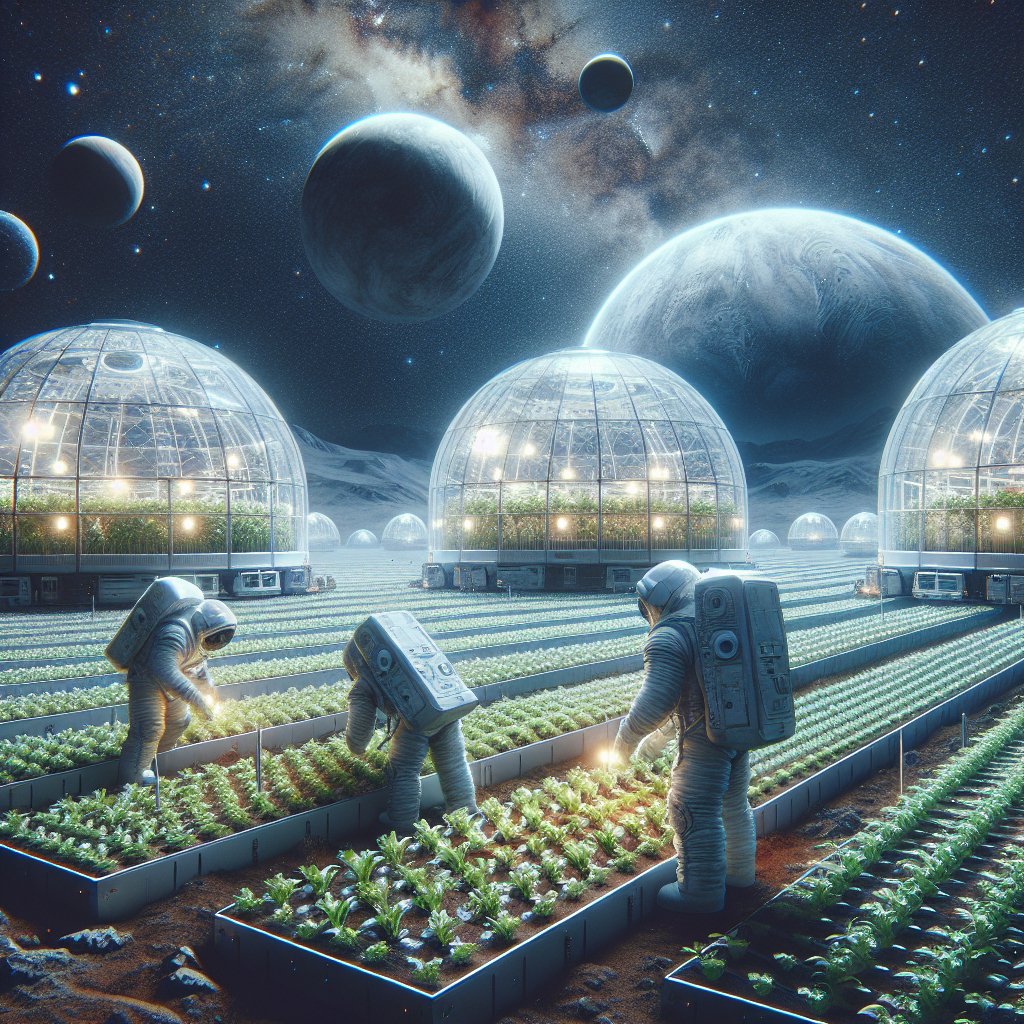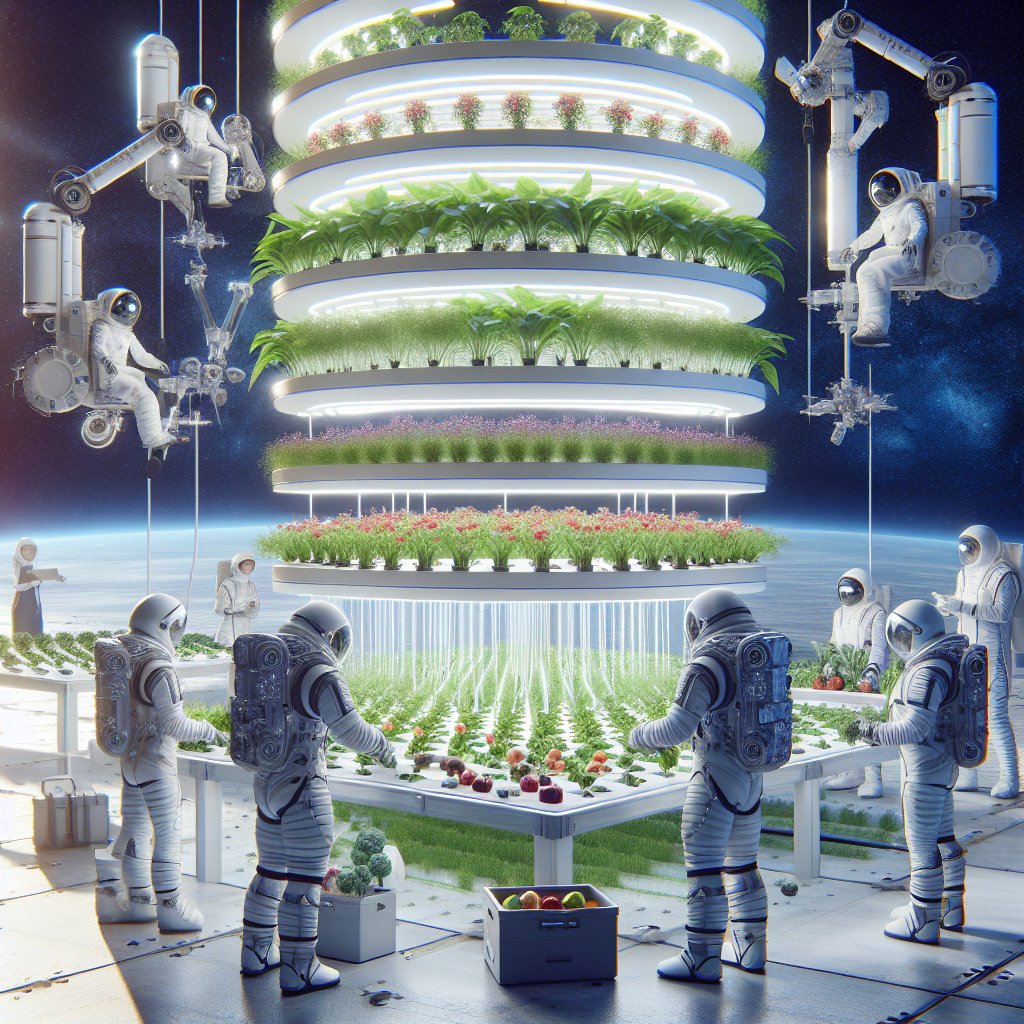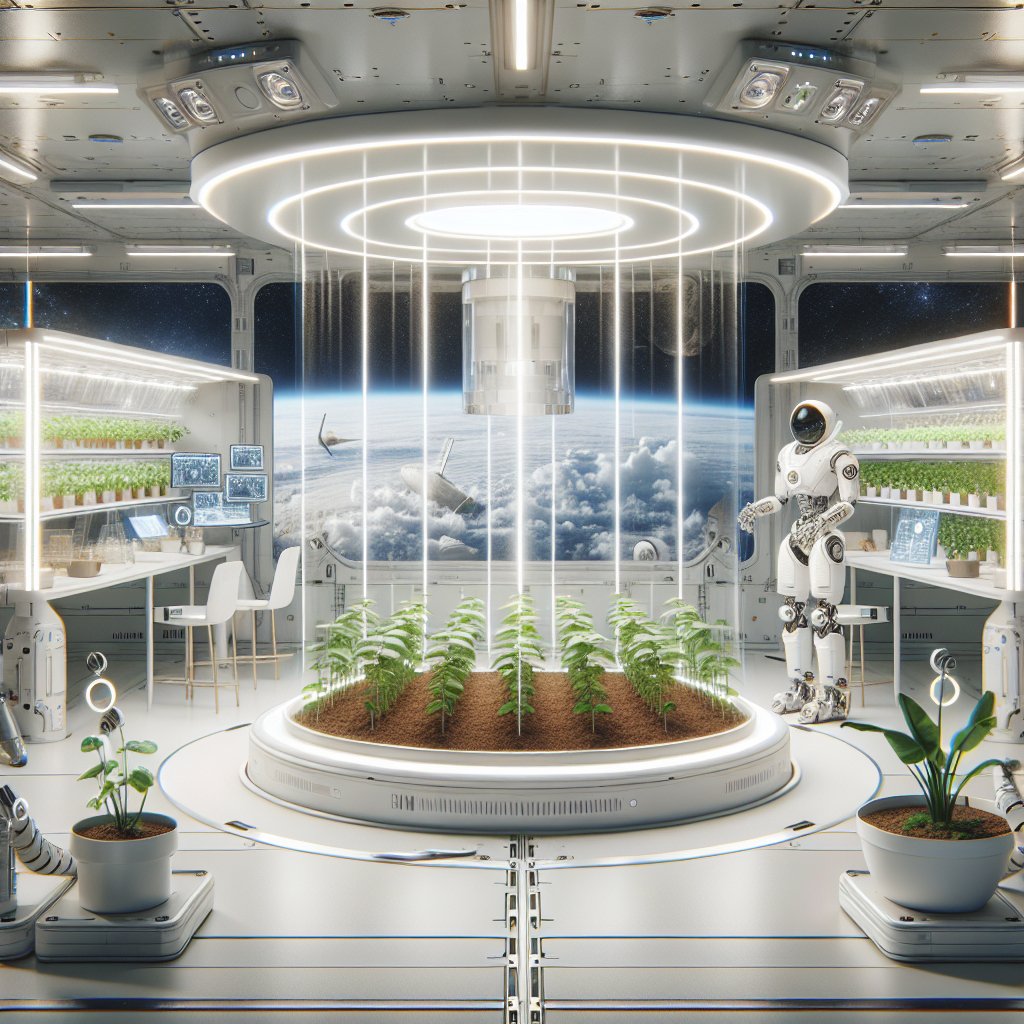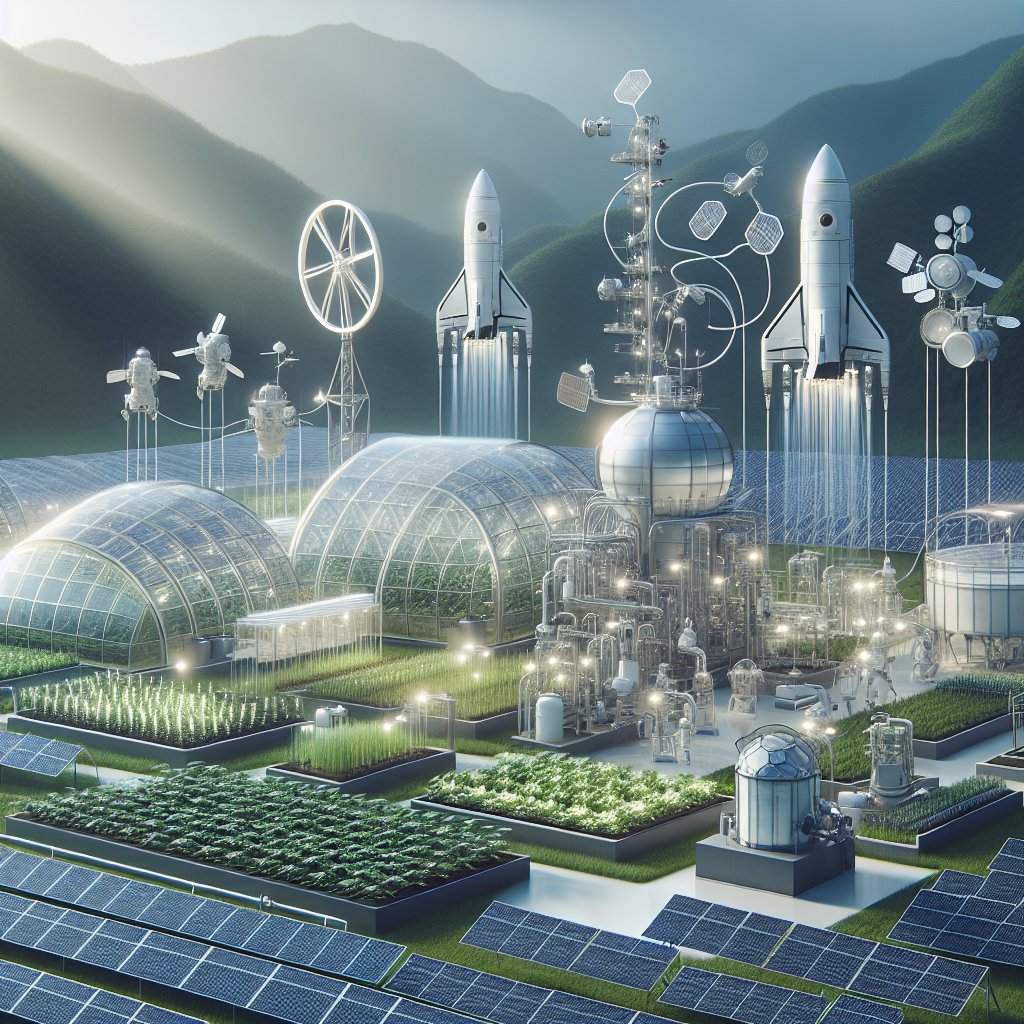The importance of LED lighting in space farming cannot be overstated, as it plays a crucial role in the growth and sustainability of crops in extraterrestrial environments. As humanity looks toward the stars for future habitation, the ability to cultivate food in space becomes essential. This article explores the significance of LED lighting in space agriculture, its advantages over traditional lighting methods, and the innovative technologies that are shaping the future of farming beyond Earth.
Understanding Space Farming
Space farming refers to the practice of growing crops in environments outside of Earth, such as on the Moon or Mars. The concept has gained traction as space agencies and private companies plan for long-term missions and potential colonization of other planets. The challenges of space farming are numerous, including limited resources, harsh environmental conditions, and the need for efficient food production systems. To address these challenges, scientists and engineers are exploring various agricultural techniques, with LED lighting emerging as a pivotal component.
The Role of Light in Plant Growth
Light is one of the most critical factors influencing plant growth. In traditional agriculture, sunlight provides the necessary energy for photosynthesis, the process by which plants convert light into chemical energy. However, in space, natural sunlight may be insufficient or inconsistent due to the distance from the Sun, the angle of light, and the presence of protective structures. This is where artificial lighting, particularly LED technology, comes into play.
Advantages of LED Lighting
LED (Light Emitting Diode) lighting offers several advantages over traditional lighting methods, such as fluorescent or incandescent bulbs, making it an ideal choice for space farming:
- Energy Efficiency: LEDs consume significantly less energy than traditional lighting, which is crucial in space where energy resources are limited. This efficiency allows for longer operational periods and reduced energy costs.
- Customizable Light Spectra: LEDs can be designed to emit specific wavelengths of light that are most beneficial for plant growth. Different stages of plant development require different light spectra, and LEDs can be tailored to meet these needs.
- Low Heat Emission: Unlike traditional bulbs that generate a lot of heat, LEDs produce minimal heat, reducing the need for additional cooling systems in enclosed environments.
- Longevity: LEDs have a longer lifespan compared to other lighting options, which means less frequent replacements and lower maintenance costs.
- Compact Size: The small size of LEDs allows for flexible installation in various farming setups, making them suitable for vertical farming and other innovative agricultural designs.
Innovative Applications of LED Lighting in Space Farming
As research into space farming progresses, several innovative applications of LED lighting are being developed to enhance crop production in extraterrestrial environments. These applications focus on optimizing plant growth, improving resource efficiency, and ensuring food security for future space missions.
Vertical Farming Systems
Vertical farming is a method of growing crops in stacked layers, often utilizing controlled-environment agriculture (CEA) techniques. In space, where horizontal space is limited, vertical farming can maximize crop yield per square meter. LED lighting is integral to vertical farming systems, providing the necessary light for photosynthesis while minimizing energy consumption. By using adjustable LED fixtures, farmers can optimize light exposure for different plant species and growth stages, leading to higher productivity.
Hydroponics and Aeroponics
Hydroponics and aeroponics are soil-less farming techniques that rely on nutrient-rich water solutions or mist to nourish plants. These methods are particularly suited for space farming, as they require less water and can be implemented in compact systems. LED lighting enhances these techniques by providing the ideal light conditions for plant growth, allowing crops to thrive in environments where traditional soil-based agriculture would be impossible. The combination of hydroponics or aeroponics with LED lighting creates a highly efficient and sustainable farming system for space missions.
Research and Development Initiatives
Numerous research initiatives are underway to explore the potential of LED lighting in space farming. NASA, for instance, has been conducting experiments aboard the International Space Station (ISS) to study how different light spectra affect plant growth in microgravity. These experiments have demonstrated that specific wavelengths of light can enhance growth rates, improve nutrient content, and even influence the flavor of crops. The findings from these studies are invaluable for developing effective farming strategies for future missions to the Moon and Mars.
Challenges and Future Directions
Despite the promising advantages of LED lighting in space farming, several challenges remain. The harsh conditions of space, including radiation exposure and microgravity, can impact plant growth and development. Additionally, the cost of developing and deploying advanced LED systems for space applications can be significant. However, ongoing research and technological advancements are paving the way for innovative solutions to these challenges.
Integration with Other Technologies
Future space farming initiatives will likely involve the integration of LED lighting with other advanced technologies, such as robotics, artificial intelligence, and sensor networks. These technologies can enhance the efficiency and effectiveness of farming operations in space. For example, automated systems can monitor plant health and adjust lighting conditions in real-time, ensuring optimal growth conditions. The synergy between LED lighting and these technologies will be crucial for developing sustainable agricultural practices in extraterrestrial environments.
Conclusion
The importance of LED lighting in space farming is clear, as it offers a sustainable and efficient solution for growing crops in the challenging conditions of outer space. As humanity prepares for a future where living and working on other planets becomes a reality, the role of innovative technologies like LED lighting will be paramount. By overcoming the challenges of space agriculture, we can ensure food security for astronauts and future colonists, paving the way for a new era of exploration and habitation beyond Earth.
